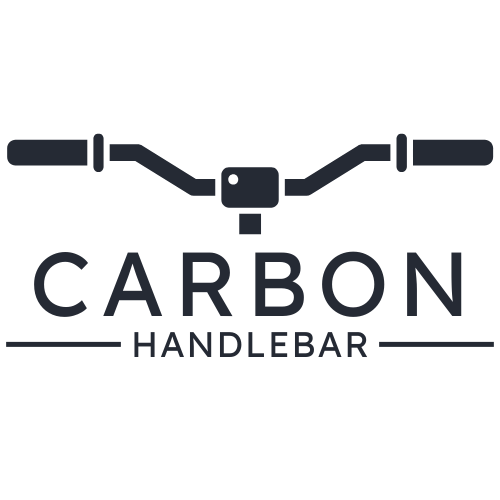Understanding Handlebar Palsy: Causes, Symptoms, Treatment, and Prevention
Handlebar palsy is a form of ulnar neuropathy often resulting from prolonged pressure on the ulnar nerve, typically experienced by individuals who ride motorcycles, bicycles, or use certain tools. This condition is characterized by numbness and weakness in the hand, particularly affecting the ring and little fingers.
What is Handlebar Palsy?
Handlebar palsy occurs when the ulnar nerve, which runs from the neck down into the hand, becomes compressed due to sustained pressure. This often happens when gripping handlebars for extended periods, thus the term “handlebar palsy.”
Symptoms of Handlebar Palsy
Individuals suffering from handlebar palsy may experience a range of symptoms, including:
- Numbness or tingling in the ring and little fingers
- Weakness in the hand, making it difficult to grip or hold objects
- Pain or discomfort in the elbow or forearm
- Symptoms that worsen after prolonged activities or pressure on the nerve
Recovery Time for Handlebar Palsy
The recovery time for handlebar palsy can vary based on the severity of the condition and the effectiveness of the treatment. Generally, mild cases can resolve within a few days to weeks when appropriate measures are taken. More severe cases may take several weeks to months for full recovery.
Treatment for Handlebar Palsy
- Rest: The first step in treating handlebar palsy is to cease any activities that aggravate the symptoms. Taking a break from cycling or other activities that put pressure on the ulnar nerve is crucial. For more information, see our guide on How to Choose Carbon Handlebars.
- Exercises: Specific exercises can help alleviate symptoms and rehabilitate the affected muscles. Stretching and strengthening exercises targeting the hands and forearms can improve flexibility and muscle strength. Check out our article on Installation and Replacement of Handlebar Grips for some helpful tips.
- Massage and Physical Therapy: Professional massage and physical therapy may aid in relieving pressure on the ulnar nerve and promoting recovery.
- Ice Therapy: An ice pack can be applied intermittently to reduce swelling and pain.
- Braces and Gloves: Wearing padded gloves designed to reduce pressure on the palms can help minimize the risk of developing handlebar palsy. Additionally, a brace may stabilize the elbow to prevent further nerve compression.
Preventing Handlebar Palsy
- Adjust Equipment: Ensure that handlebars are positioned correctly. Adjusting the height and angle can help reduce strain on the wrists and arms. For guidance on handlebar dimensions, refer to our Understanding Handlebar Dimensions.
- Change Hand Positions Frequently: Regularly changing the grip position while riding can alleviate sustained pressure on the ulnar nerve.
- Use Proper Gear: Invest in handlebar gloves with padding and cushioning. These can absorb vibration and reduce pressure. Check our How to Change Bicycle Handlebar Grips for more information.
- Incorporate Rest Breaks: Taking regular breaks during long rides can help relieve pressure on the ulnar nerve.
- Strengthening Exercises: Performing exercises that strengthen the muscles in the hands and forearms can improve resistance to nerve compression.
Handlebar palsy, while commonly associated with biking and motorcycling, can be effectively managed and prevented through proper care and proactive measures. Listening to your body, making ergonomic adjustments, and integrating exercises into your routine can significantly reduce the risk of developing this condition. If you’re interested in more tips on maintaining your handlebars, explore our Ultimate Carbon Handlebar Maintenance Checklist for 2025. Understanding the implications of handlebar palsy and implementing preventative measures can lead to a safer, more enjoyable riding experience. If symptoms persist or worsen, seeking medical advice is essential for tailored treatment and rehabilitation.
